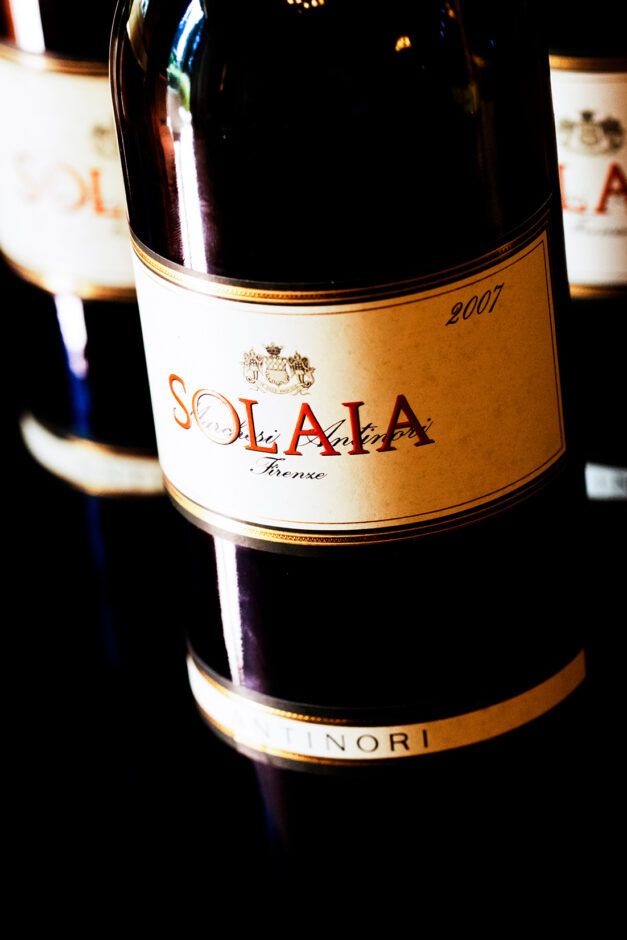14th Dec 2022
"Solaia is a pure distillation of everything we are and everything we do."
- Marchese Piero Antinori
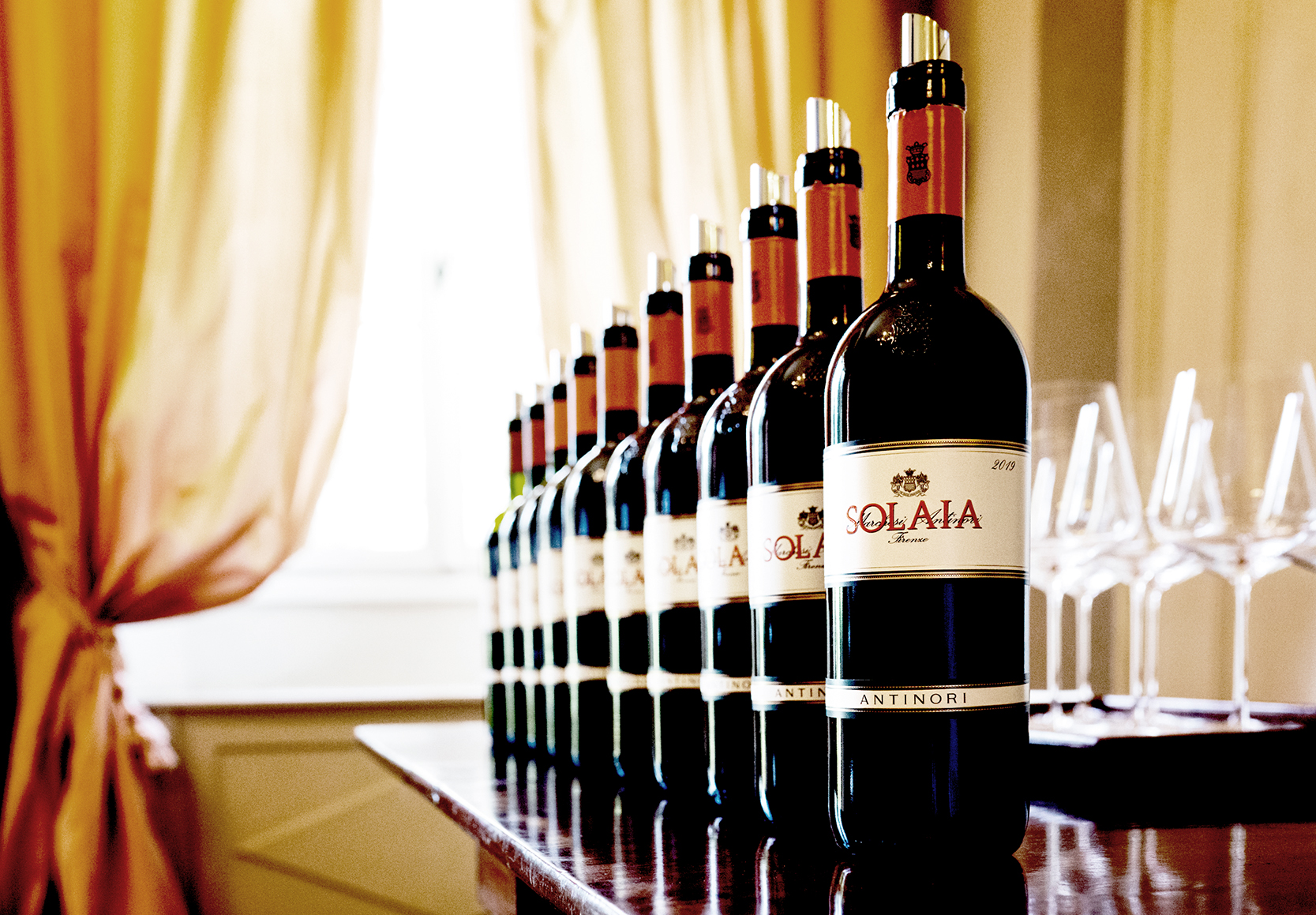
Solar Power
I visited Tenuta Tignanello in the heart of Tuscany’s Chianti Classico region last September for a vertical tasting of 10 vintages of Solaia with Antinori CEO and winemaker Renzo Cotarella. At lunch, after the tasting, I found myself sitting next to Marchese Piero Antinori, who told me an amusing story. It was 1972. Piero had recently taken over the family business and was in Bremen to discuss the importing of his wine into Germany. His hosts were very skeptical of the quality of Italian wine at that time. Prior to the commercial discussion, they presented him with a few red wines to taste blind. The first was a 1967 Villa Antinori Chianti Classico which he recognized immediately—it was, in fact, his first harvest. The second wine was more difficult. Antinori concentrated. “It’s a Bordeaux,” he said, “from the left bank, perhaps from Graves.” His hosts were impressed. “It’s La Mission Haut-Brion”. By a remarkable coincidence, this was a wine he had tasted just a few hours before in London and one of the best wines he had ever tasted. “And the year?” they said. “1959,” he answered confidently after a brief pause for effect. Later that day, the Germans signed a contract with Antinori, beginning a long and important working relationship with Germany, still one of Marchesi Antinori’s biggest importers. This sales coup was, as Piero Antinori says himself, partly the result of a lucky coincidence, but what followed in developing the Antinori brand and its influence was the result of a flair for innovation and the courage to try new things.
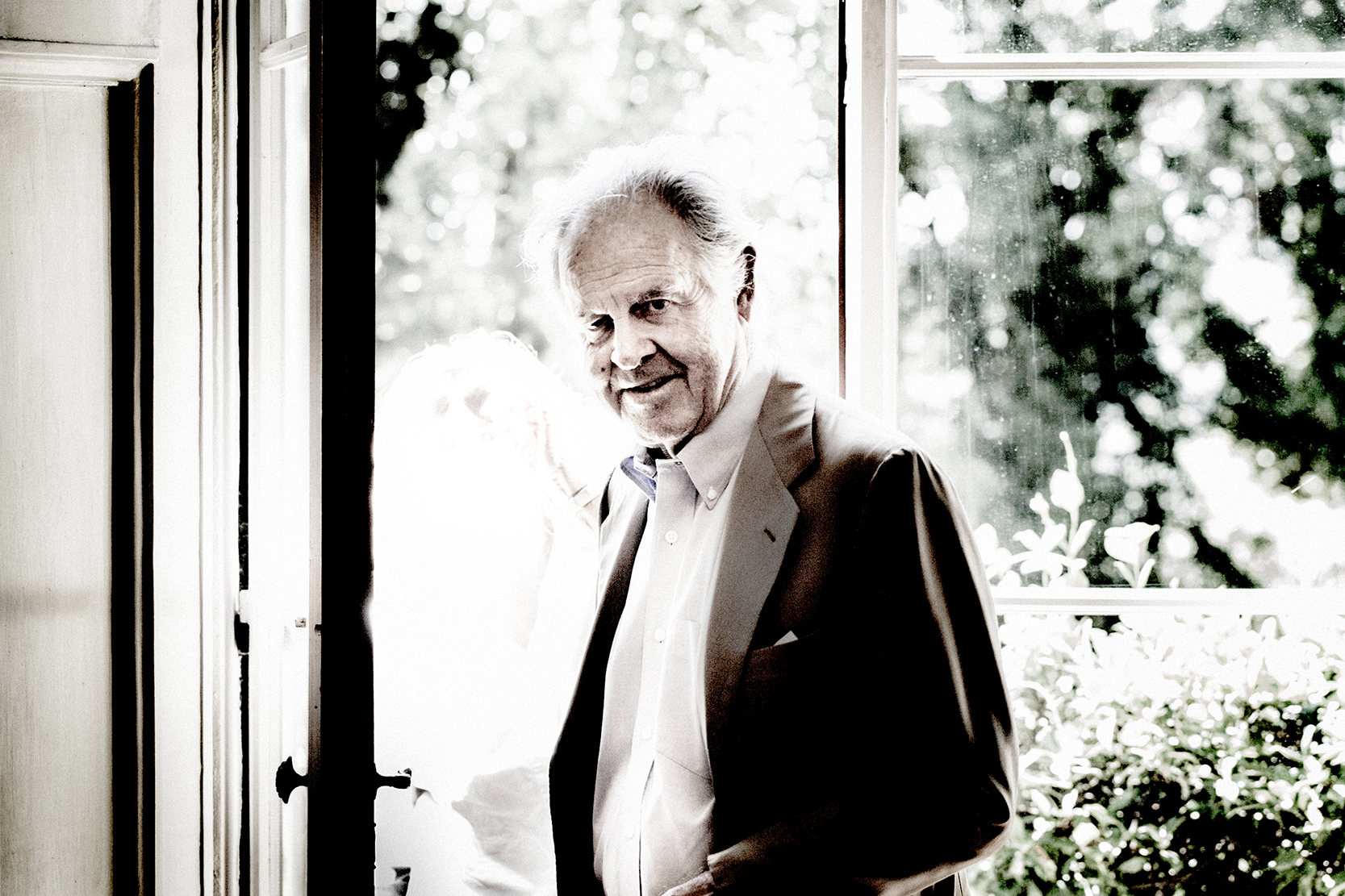
The icon which is Solaia was created in 1978. It came to life out of a series of unplanned but lucky vintages.
In 1971, Antinori had produced the first commercially sold Tignanello. Tignanello was an iconoclastic blend of 80% Sangiovese and 20% Cabernet varieties. This was a ground-breaking wine at the time as it broke the Chianti Classico DOC rules. The grapes were from vineyards in the heart of Chianti Classico, but the rules mandated the inclusion of white grape varieties and did not permit the use of non-native varieties. So Tignanello had to be released as a “vino da tavola.” It became a huge success and this humble vino da tavola sold for prices four or five times more than most Chianti Classico. Then, in 1978, a second iconic wine, Solaia, was created.
Solaia came to life out of a series of unplanned but lucky vintages, comments Piero Antinori in his book, “The Hills of Chianti.” In 1978, he and his team found that the Cabernet Sauvignon grapes they had been growing for Tignanello did exceptionally well. This vintage had a cool, wet spring followed by a hot, dry summer, and it resulted in an abundance of good quality Cabernet Sauvignon grapes, surplus to what was required for Tignanello. As a result, they decided to bottle the excess Cabernet Sauvignon (producing only 3,600 bottles) to see what it would be like in a couple of years. The vines were still young, and Antinori was unsure as to how the wine would mature. He was also unsure whether the market “was ready for a wine from the heart of Chianti Classico made only with foreign grape varieties.” As it happened, the 1979 vintage was also an excellent one for Cabernet Sauvignon and Cabernet Franc, so this time they decided “to go for it.”
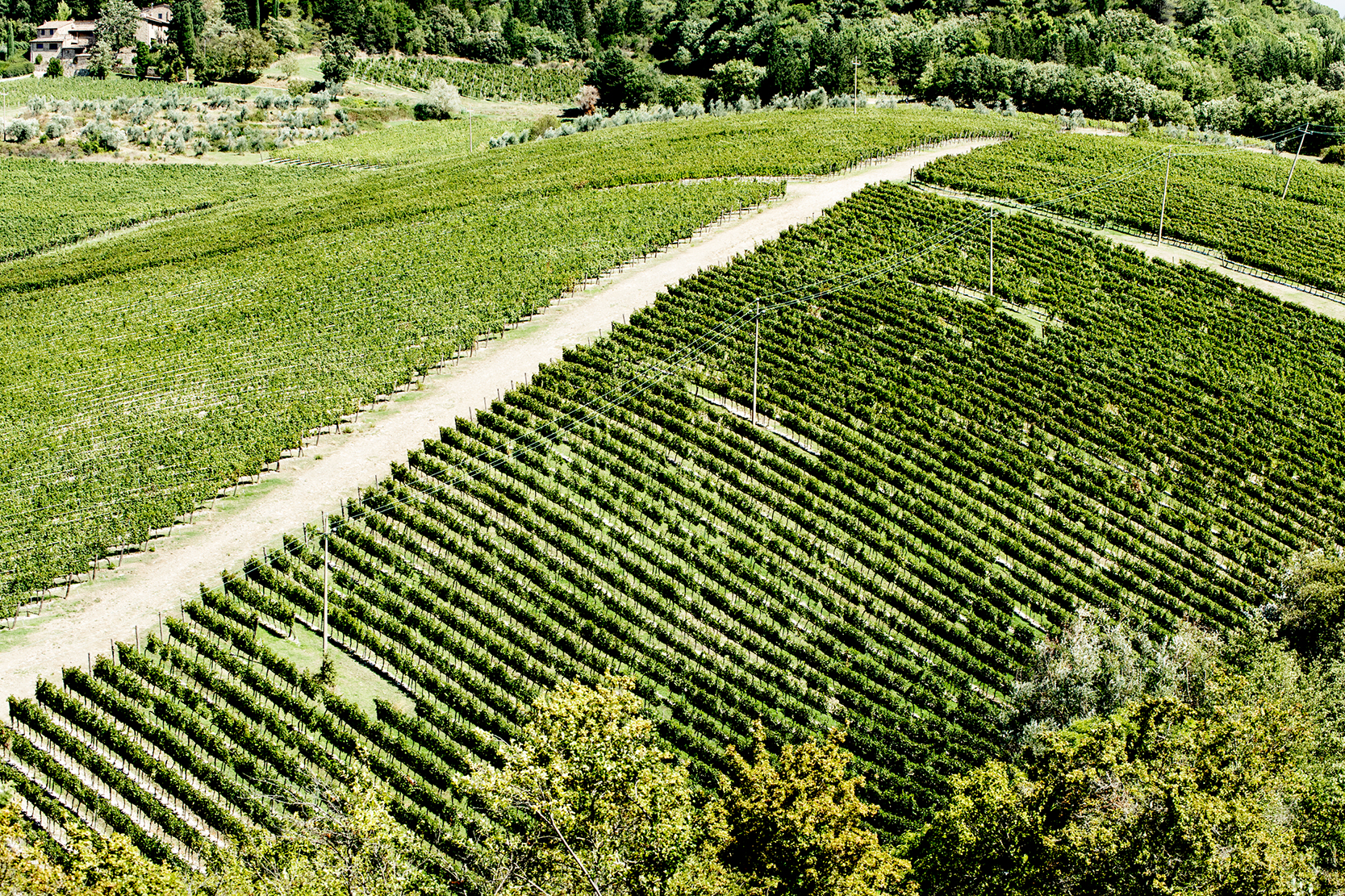
The new wine, Solaia, was released onto the market in 1981 and was a great success. Its reception encouraged them to release some of their experimental bottles from the 1978 vintage too. The grapes for Solaia—the name means “a place where the sun radiates”—come from a specific hillside vineyard of the same ancient name, located on the sunniest slopes of the larger Tignanello vineyard. Renzo Cotarella told me that the grapes in the 24 or 25 parcels that make up the Solaia vineyard, with its shallow soils, “have pungency and vibrancy and a nervous energy.”
"The grapes have vibrancy and a nervous energy."

Solaia is typically a blend of 75-80% Cabernet varieties and 20-25% Sangiovese. For the first two vintages of Solaia, the blend was 80% Cabernet Sauvignon and 20% Cabernet Franc, but in later vintages, the blend became 75% Cabernet Sauvignon, 20% Sangiovese, and 5% Cabernet Franc. The exception was 2002, which was cold and wet, and the Sangiovese failed to ripen, so the 2002 is 100% Cabernet. In an average year, Marchesi Antinori makes about 60,000-65,000 bottles of Solaia, depending on the vintage. Solaia is made only in the best years; for example, it was not made in 1980, 1981, 1983, 1984, and 1992. One of the best vintages was the 1997, when the spring and summer were hot and dry but not to excess.
Piero Antinori says that from the success of Solaia, he learned two things: that varieties like Cabernet Sauvignon were able to adapt and transmit Tuscan terroir and that “the sacred bond between grape and area of origin, which had characterized and in some ways hindered Italian winemaking for centuries, was severed once and for all.”
–
Article & Reviews by Susan Hulme MW
Photos by Svante Örnberg
See more work from Svante at svanteornberg.se by clicking here!
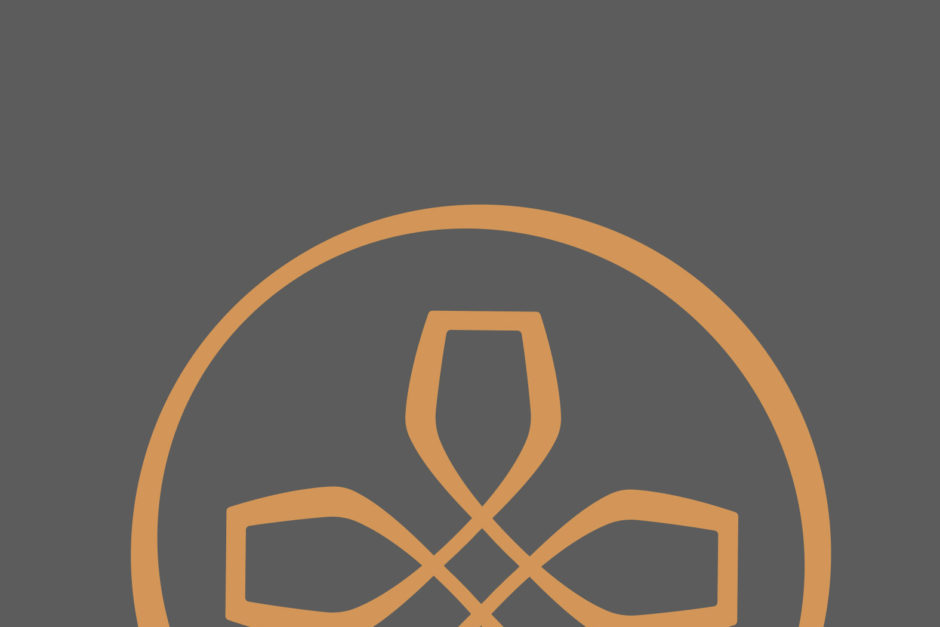
PRODUCERS IN THIS ARTICLE
> Show all wines sorted by scoreMore articles

Bordeaux 2023 Vintage Report and Reviews from Barrel
09th May 2024
649 tasting notes

Cathiard Vineyard New Releases
02nd May 2024
3 tasting notes
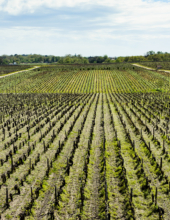
Bordeaux 2023 Preliminary Vintage Report and Reviews from Barrel
29th Apr 2024
56 tasting notes
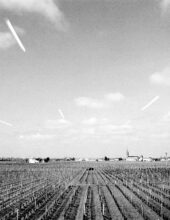
2021 Bordeaux in Bottle and A Modest Proposal
24th Apr 2024
599 tasting notes
Show all articles
